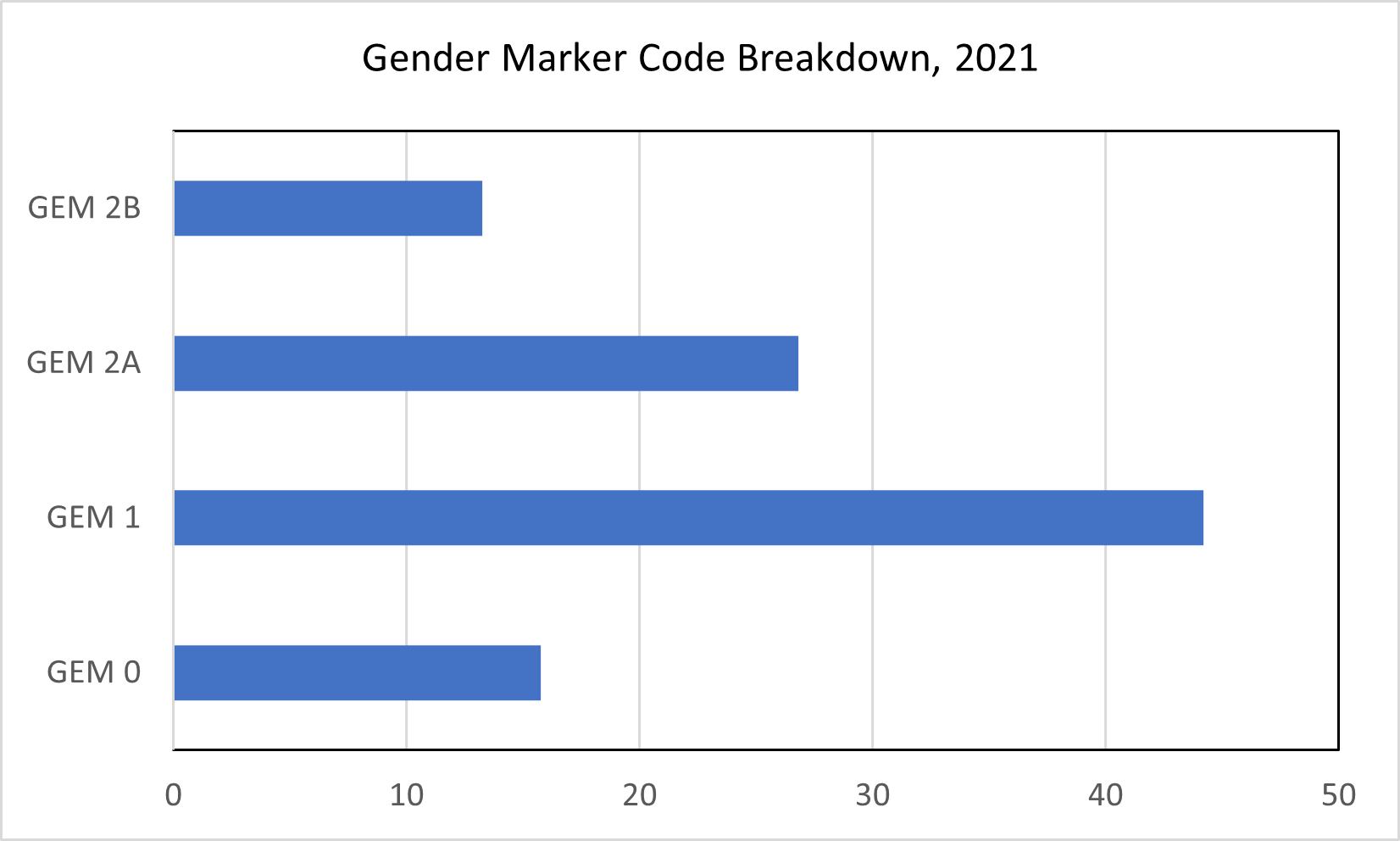The United Nations Economic and Social Commission for Western Asia (ESCWA) is one of five United Nations regional commissions. ESCWA serves as an inter-governmental platform for advancing regional integration, developing regional norms and standards, exchanging experience, and fostering cooperation. It plays a critical role in promoting a comprehensive approach to development in the region, by balancing the economic, social and environmental dimensions of sustainable development in member States.
ESCWA’s Programme, which consists of six sub-programmes, integrates gender equality and the empowerment of women throughout its results and deliverables. Sub-programme 2 is dedicated to gender justice, population and inclusive development, and encompasses gender equality. ESCWA’s Cluster 2, the organizational unit primarily responsible for/aligned with sub-programme 2, also houses the ESCWA Centre for Women. The Centre implements projects specifically dedicated to improving the status and rights of women by aiding member States to mainstream gender perspectives in national strategies, policies, legislation and programmes. ESCWA also has a second-generation Policy on Gender Equality and the Empowerment of Women (2019 – 2023) in place, which, among other policy goals, commits to addressing gender equality through its substantive and operational divisions, in the research it produces and publishes and within the projects it designs and implements.
